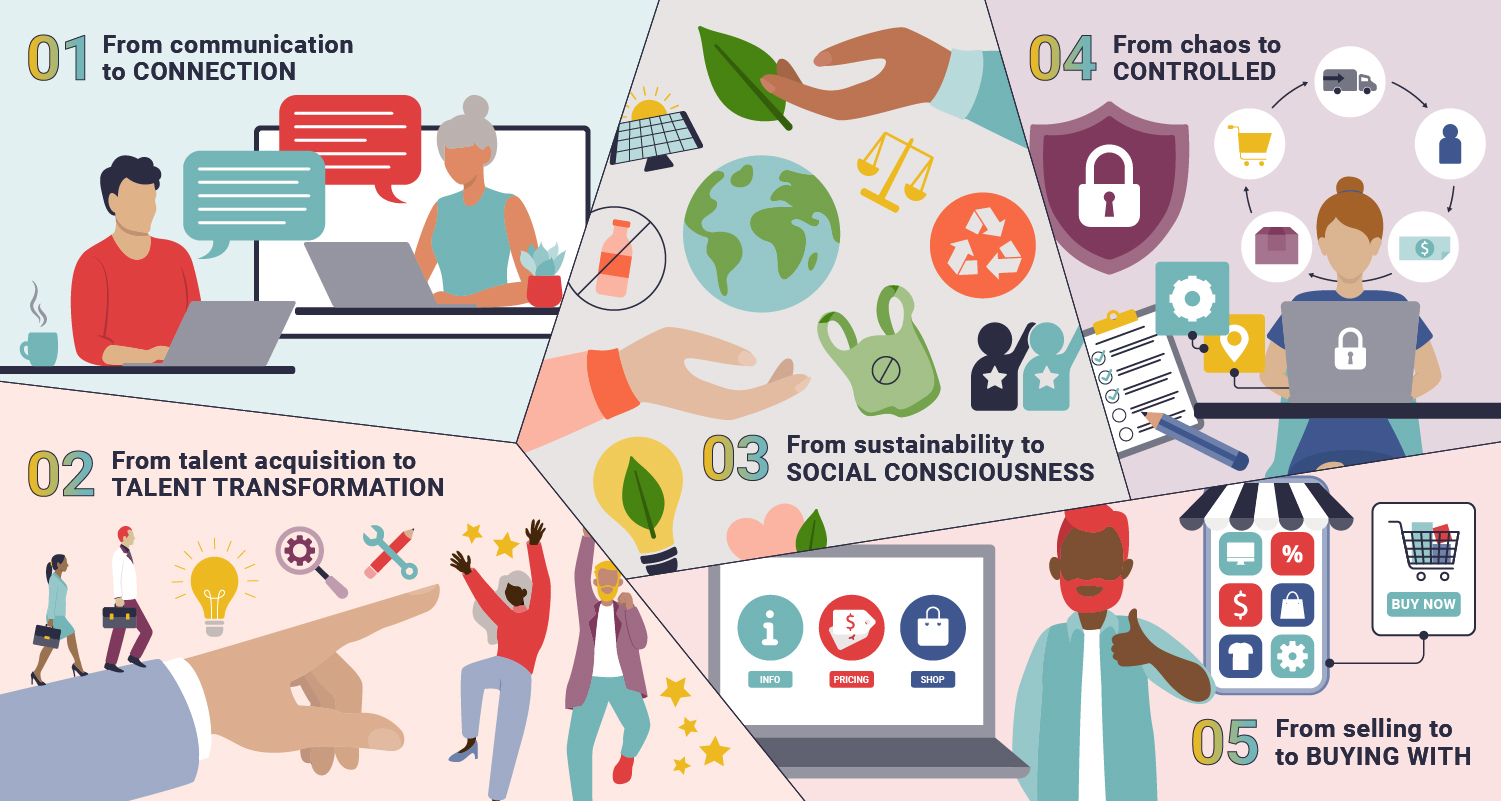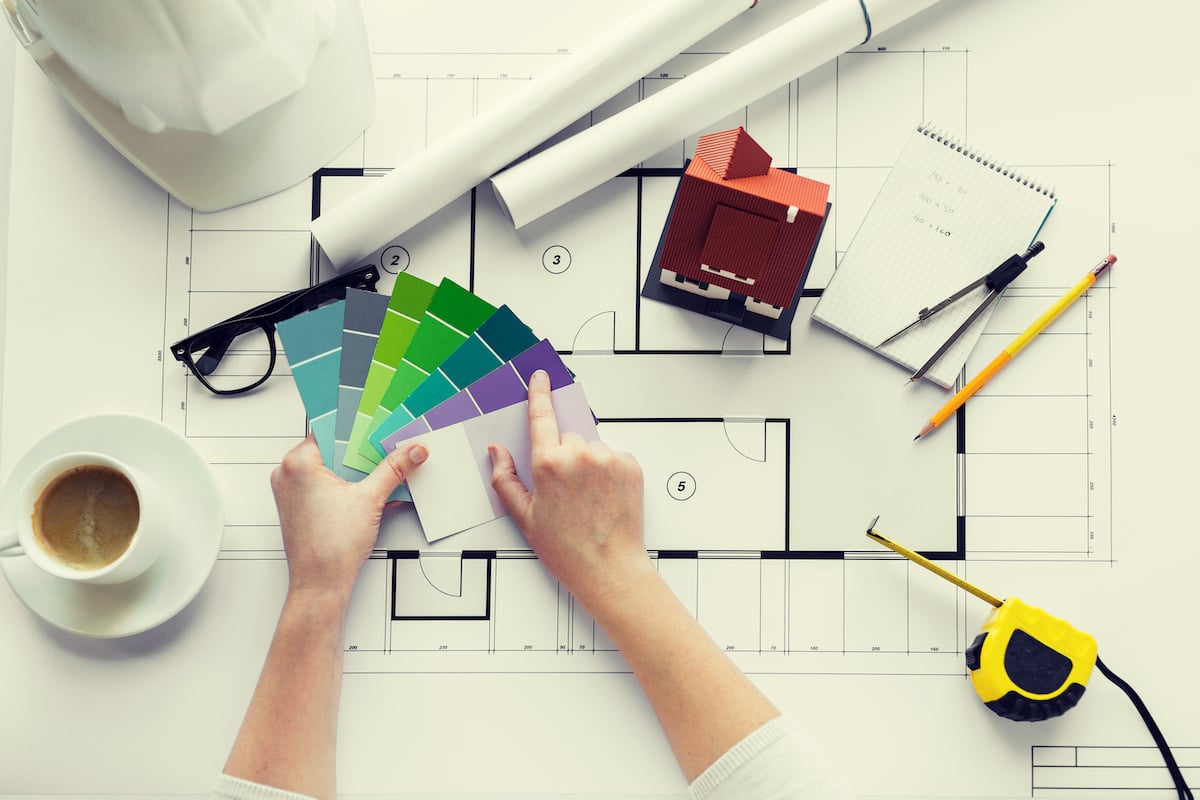
There’s a not-so-behind-the-scenes tax battle going on between two of the most powerful economies in the world. On May 10, President Trump increased duties on $200 billion in Chinese products from 10 to 25 percent. A complete listing of these products can be found in List 3 within Section 301 of the Trade Expansion Act of 1962. Specifically, it includes metal and chemical compounds used as manufacturing materials as well as finished goods like flooring, wall panels, furniture, and bedding. And while a recent delay in the tariffs makes some believe that the government has recognized the direct impact this increased cost will have on manufacturers in the U.S., it doesn’t change the fact that, according to the National Bureau for Economic Research, the U.S. now tops the list for having the highest tariff costs among the G7. The incremental higher cost to consumers and producers equates to $68.8 billion, which is .37% of the total U.S. gross domestic product.
One of the major benefits of sourcing these materials from China is the country’s low price tag. Sourcing from North and South America can’t beat the pricing received from Chinese alternatives, leaving many manufacturers in the interiors industry faced with a difficult choice—eat the cost of the tariffs and reduce profits significantly, or pass the cost on to the end user, resulting in higher overall price without offering any additional benefit or service. Neither option offers a positive perception. So how will manufacturers and designers move forward in making recommendations for their clients?Diversification options are limited.
It’s not that manufacturers don’t want to source from the U.S. But in many cases, it’s just not an option, due largely to minimum order requirements common to U.S. material suppliers. As one medium-size U.S.-based manufacturer shares, “Any smart business understands the value in diversification. However, minimum quantity requirements often limit our ability to source from U.S.-based suppliers. We recently began conversations with a U.S.-based factory. However, we quickly realized that the company was not a viable option as they required a minimum of $1 million in orders placed the first year. We could never meet that, so, as a smaller company, we were out of options.”
But with the drive to diversify, many manufacturers still are left with lengthy approval processes as they add to their supply chain. “Long-term, we are looking to diversify away from supply chain vendors that are affected by tariffs,” shared Azar McMaster, senior vice president of business development and product management for 3form. “But with that increase in supply chain comes a lengthy internal process to ensure that quality meets our high standards. We’ve found vendors in countries not affected by the tariffs, but the vetting process is involved.
What’s more, McMaster added that, by sourcing from tariff-free vendors, the company must also make sure that lead times are not affected. “We fabricate everything in our facility from raw materials, so when we source from new vendors, we streamline our internal processes, to ensure any increased lead time from our vendors isn’t passed on to the end-user. This sometimes results in our need to make a bigger investment in inventory to guarantee we have the right materials on hand when they are needed.”
The end user is impacted, too.
When forced to continue to source from overseas to remain solvent, many manufacturers must pass some of the extra expenses on to their clients. And the extra costs aren’t any easier to swallow on that side of the spectrum.
In fact, research suggests that business spending is down, as companies look to be more fiscally conservative amid economic uncertainties. Economic research firm Macroeconomic Advisers calculated that business spending on structures and equipment fell at annualized rates of 4.6 percent and 4.4 percent, respectively, for the end of Q2 2019.
Tariffs will complicate an already complex process.
From a designer’s point of view, the increase in tariffs adds a level of complexity to the decision-making process. As Anna Bean, an interior designer for Nelson, shares, product specification decisions are made based on values—including supporting local businesses and helping the environment, but at the end of the day, each specification must make good business sense as well. “Solid-surface and quartz-surface prices have fluctuated dramatically based on manufacturer locations,” explains Bean. “But unfortunately, not all commercial finish products have a high-quality, American-made option. That said, we prefer to support local providers for environmental impact, as well as lower lead time and simplified logistics.”
With this increase in complex decision-making comes an equally convoluted pricing structure. Kristin Cerutti, a senior designer for Nelson, says that most recent tariff increase has dramatically affected pricing models by adding in another layer of complexity to an already complicated pricing structure. “We’re seeing some dealers promise that they will cover those costs and some tacking them on at the end of their proposals,” explains Cerutti. “Some are putting in flat rates, and if they increase, the cost to the client stays the same. Others note that it is variable and they will charge the client the current cost at the time the order is placed.”
What’s more, these shifts in pricing are not always communicated properly. Olivia Danielson-Veed, NCIDQ, LEED Green Associate, Interior Architecture, for HED Design, shares a recent example where the pricing was shifted just after a bid was awarded. “We just worked with a manufacturer who tried to change a price before an order could be placed, just three weeks after the bid was closed,” explains Danielson-Veed. “I could understand if we had been sitting on a bid for a few months, but this was three weeks. We get that the manufacturer needs to raise prices to account for tariffs, but we rely on that process being transparent and for due warning to be given.”
But in the end, it all comes down to transparency, and the ability to properly communicate the struggles we face with our business counterparts. Manufacturers need to be open with designers. Designers must share their concerns. And all parties must be amendable to the idea of shifting models, as the economic environment demands it. Erika Berkey, senior project manager at PFB Architects, leaves us with this, “Communication is the key to success. We ask our reps every time if their delivery dates and pricing will be impacted by tariffs. Most of the time they respond that they’ve worked internally to avoid delays and price increases, but we still actively seek comparable U.S.-made goods to be on the safe side. Of course, the challenge in that is finding U.S.-made products that meet our price points. Change is coming.”
Featured image: Lack of options leave manufacturers struggling to decide how to source materials for finished goods. (Image credit: Christopher Barrett).
This article originally was published in Bellow Press and was reposted here with permissions.
Amanda Schneider is President of ThinkLab, the research division of Interior Design magazine. At ThinkLab, we combine Interior Design magazine’s incredible reach within the architecture and design community with proven market research techniques to uncover relevant trends and opportunities that connect back to brand and business goals in a thought-provoking, creative, and actionable way. Join in to know what’s next at thinklab.design/join-in.

